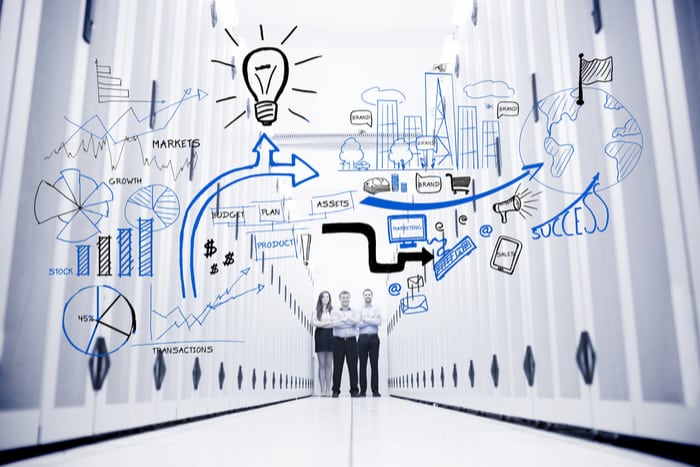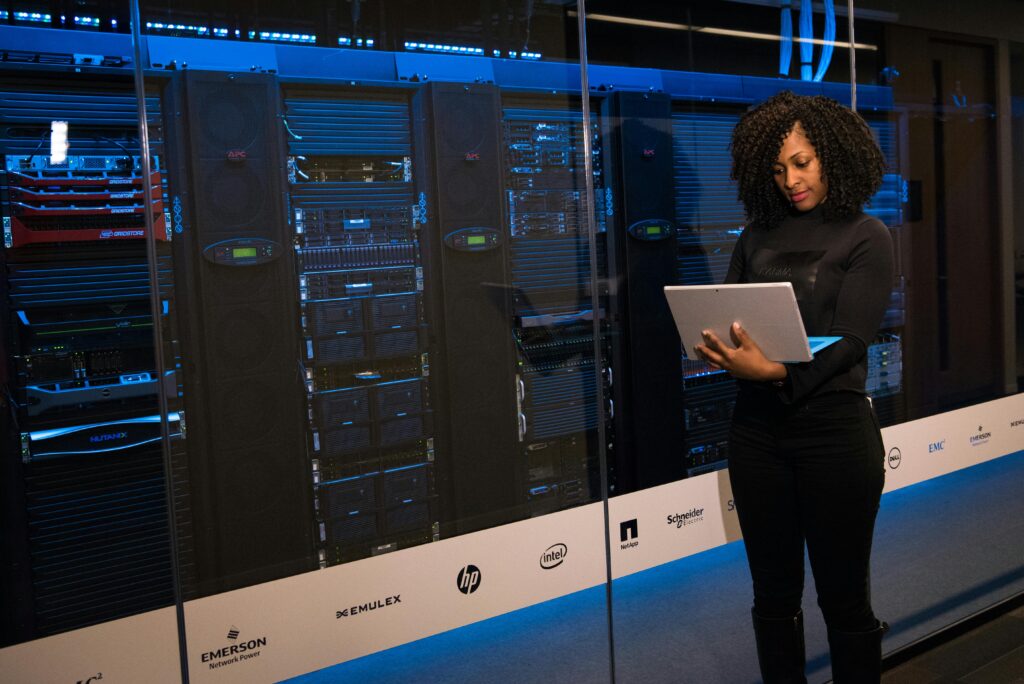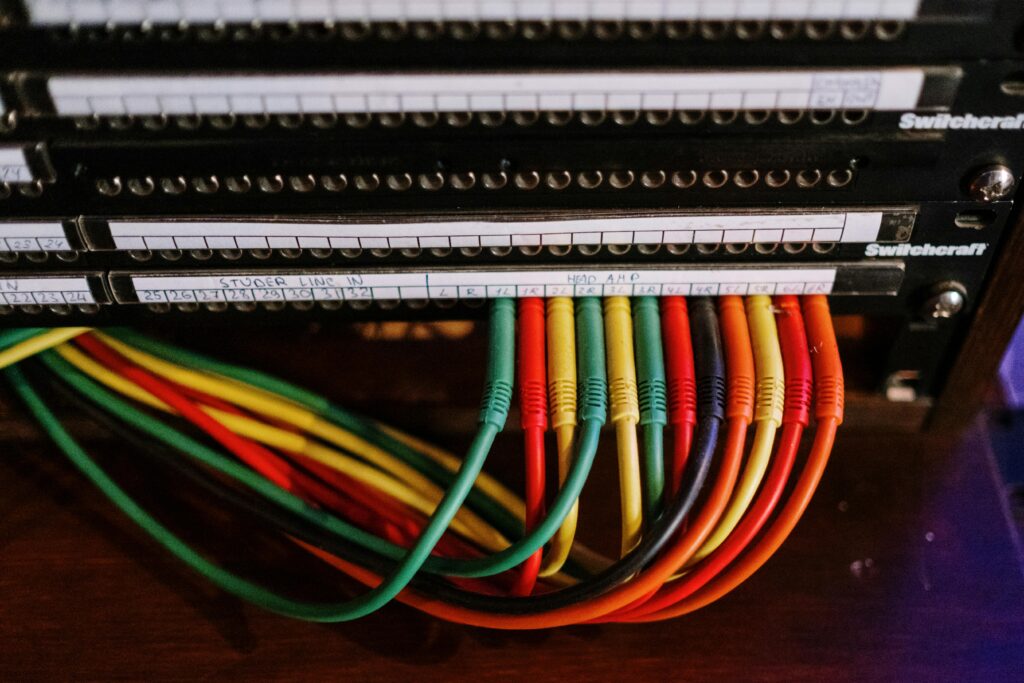In this blog, we’ll talk a bit about capital depreciation.
Accountants and IT executives often disagree on the value of data center equipment.
For accountants, it’s directly related to the depreciated value of the capital equipment. For IT staff, the question of value has different implications which usually hinge on functionality more so than finance.
Neither typically considers the fair market value of the used equipment. They also don’t typically consider that the equipment may have zero depreciated value on the company books.
IT considers the data center a complex tool made up of individual parts.
They are capable of manipulating or replacing pieces of the data center and not affecting the cohesiveness of data throughput.
Because of their need to keep the data center running, replacement value is their benchmark.
It May Be Time to Upgrade Your IT Equipment
A Tax Cuts and Jobs Act released December 15, 2017, set new accounting standards for 2018 capital depreciation rates.
Contained within this act is an opportunity small businesses need to consider.
Section 179 of the law increased the rate of depreciation of capital equipment, e.g. data center equipment, which can be expensed each year.
Previous years saw a $500,000 cap whereas for 2018 it rose to $1 million.
This represents a doubling of business property depreciation value.
This change also allows the firm to take immediate advantage of the depreciation within the year of purchase, not spread over several years.
Do keep in mind, some states do not follow federal law when it comes to capital depreciation, such as New Jersey.
In these instances, it is important for accounting to comply with state law. This law does not provide for open-ended purchases of capital goods.
The program was created to aid small firms who will not spend more than $2.5 million on capital property within their fiscal year.

For states where it does apply however, it is a significant change. For every dollar spent above the $2.5 million, the same amount is deducted from the $1 million depreciation write-off.
Hence, larger firms will outpace their spending power and not be able to leverage this opportunity.
Another highlight is that the purchase of used equipment may be applied to the capital depreciation rule.
Leveraging Recycling for Depreciation Savings
This is an opportunity for our firm, exIT Technologies, to leverage our data center recycling program.
When we decommission or recycle a data center, we repurpose usable equipment back into service.
It’s common for our clients to spend no money on their data center decommission project, and in fact, they usually end the project with a payment from us to them.
This $1 million opportunity for used equipment lets us place the old servers into new locations. This way, a firm can potentially zero depreciate the capital equipment in the first year.
It’s a model not always considered by IT executives. Mark Kennan at Crohn lays out an interesting reason to upgrade now and leverage for future profitability in his article on rapid depreciation.
Benefits of 100% First Year Capital Depreciation Data Centers
- Tax Saving – The quicker you can write off the depreciation the faster you can claim the cost to your tax bill.
- Debt Reduction – By reducing your tax liability, this lets you have more operating capital to pay off debt. This situation can be advantageous for startups.
- Separate Tax Accounting – It is possible to use two sets of books: Tax purpose books and General accounting purposes. This lets the company leverage depreciation for tax liability and maintains separate books to ensure profitability is not sacrificed via the 100% deprecation method.
- Warning – With zero depreciation value in future years, income may be inflated and negatively affect tax liability.
Big Data is Blind to Geopolitical Borders—Data Centers are not
North America is not the largest developer of IT market development.
Asia Pacific accounted for 37% of new development in 2017 compared to North America’s 27%. * Data compiled from Information Technology Global Market Report 2018.
For the past few years, low-cost open-source software platforms have pushed into the technology market.

Historically, software companies would open-source their products when profits faltered.
This open-source practice is becoming more mainstream as companies bypass short term profits and try to clinch market share.
Additionally, as more firms have access to open-source software, this increases the ability for developing areas of the world to enter the data center market.
The removal of this roadblock coupled with the used data center equipment market creates a ballooning opportunity in less developed nations.
These opportunities rise and fall according to tariff and political intrigue.
Recent developments between the United States and China and cloud computing technology illustrates the global impact of technology.
U.S business pioneered cloud computing, spending $70 billion on public services in 2017. The U.S. has implemented a 25% tariff on Chinese manufactured technology exports to the U.S.
Implications of Tariffs
Whether you support the tariffs or not, it has definitively increased the cost of electronic component items and data center equipment.
If the tariff stays a law for a long enough period, other nations will increase their market share because of the lower cost for the same IT equipment from China.
From the domestic side, it seems like a good idea to increase the tariff for Chinese imports but we in the data center market must also look at the long-term implications of higher technology cost.

This higher cost will slow new data center development and lengthen the time an already operating center operates before capital improvements.
Cloud service providers will have to cut services to keep end customer cost at the same levels as international competitors hence, limiting domestic competitiveness.
This would also lower profits and decrease future investments in new data centers.
Further, U.S firms are already under pressure to increase their data center presence in Europe.
This would be a double-edged opportunity for U.S. firms.
If the data center is built overseas, construction and capital equipment purchases could be completed by local nations. In this case, the U.S. company never directly purchases equipment, bypassing domestic tariffs.
The physical location of a data center is not important, connectivity is.
An increase in capital expense for U.S. firms will shift domestic data center construction opportunities overseas and as more nations become saturated with political or tax barriers, less developed nations become prime territory for future expansion.
Capital Depreciation: In Closing
We must look for our strengths and learn to leverage those to our advantage—so too must a nation bring their own power to the international market place. It’s a growth market for data centers.
The issue is where will they be built.
If you or your company need a valuation for your IT equipment by trained professionals, please consider us.
We can also help you with:
- Professional Asset Liquidation Help
- Help with Selling Your Used Servers
- Data Center Decom
- Selling Used Networking Equipment







